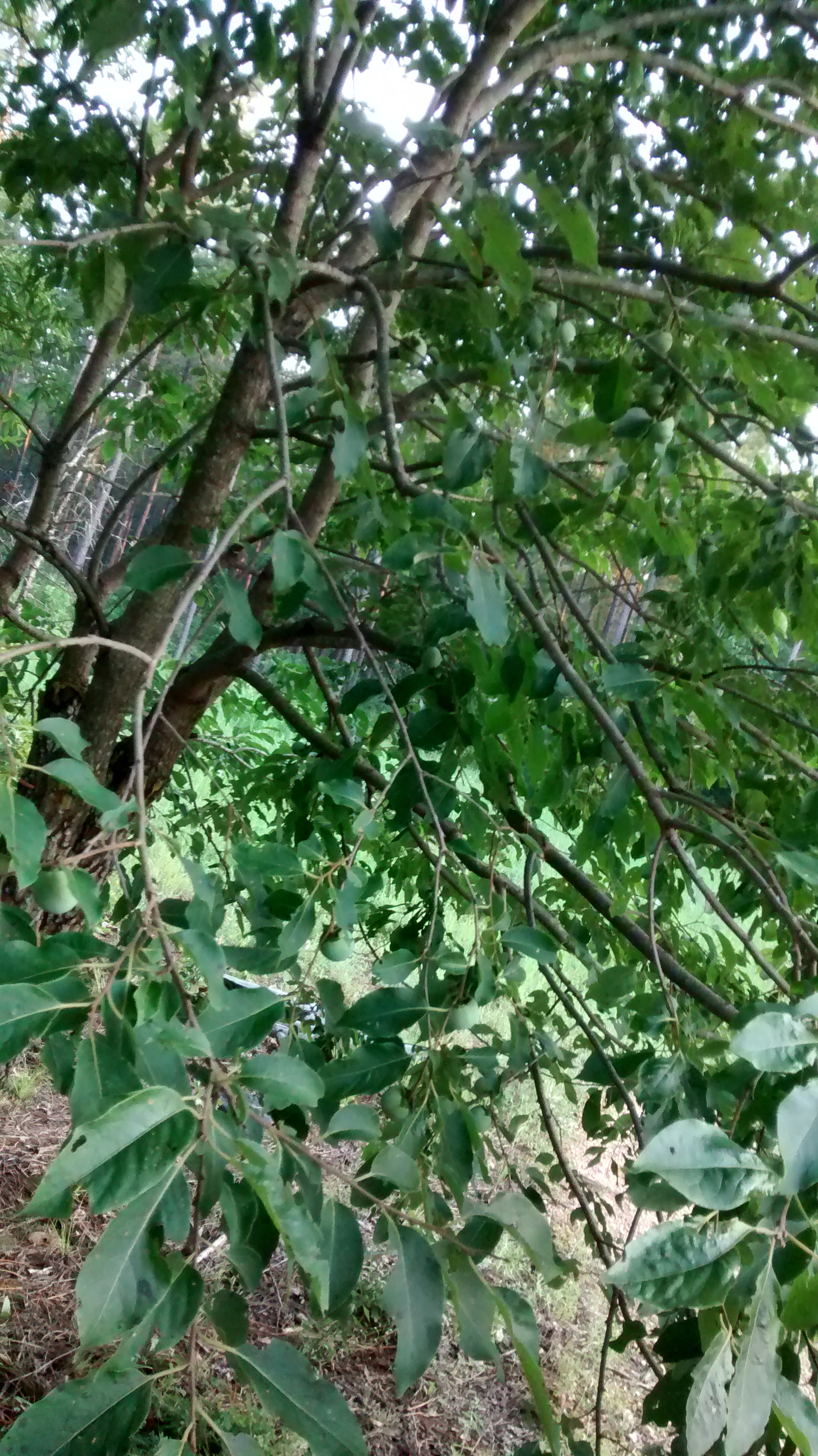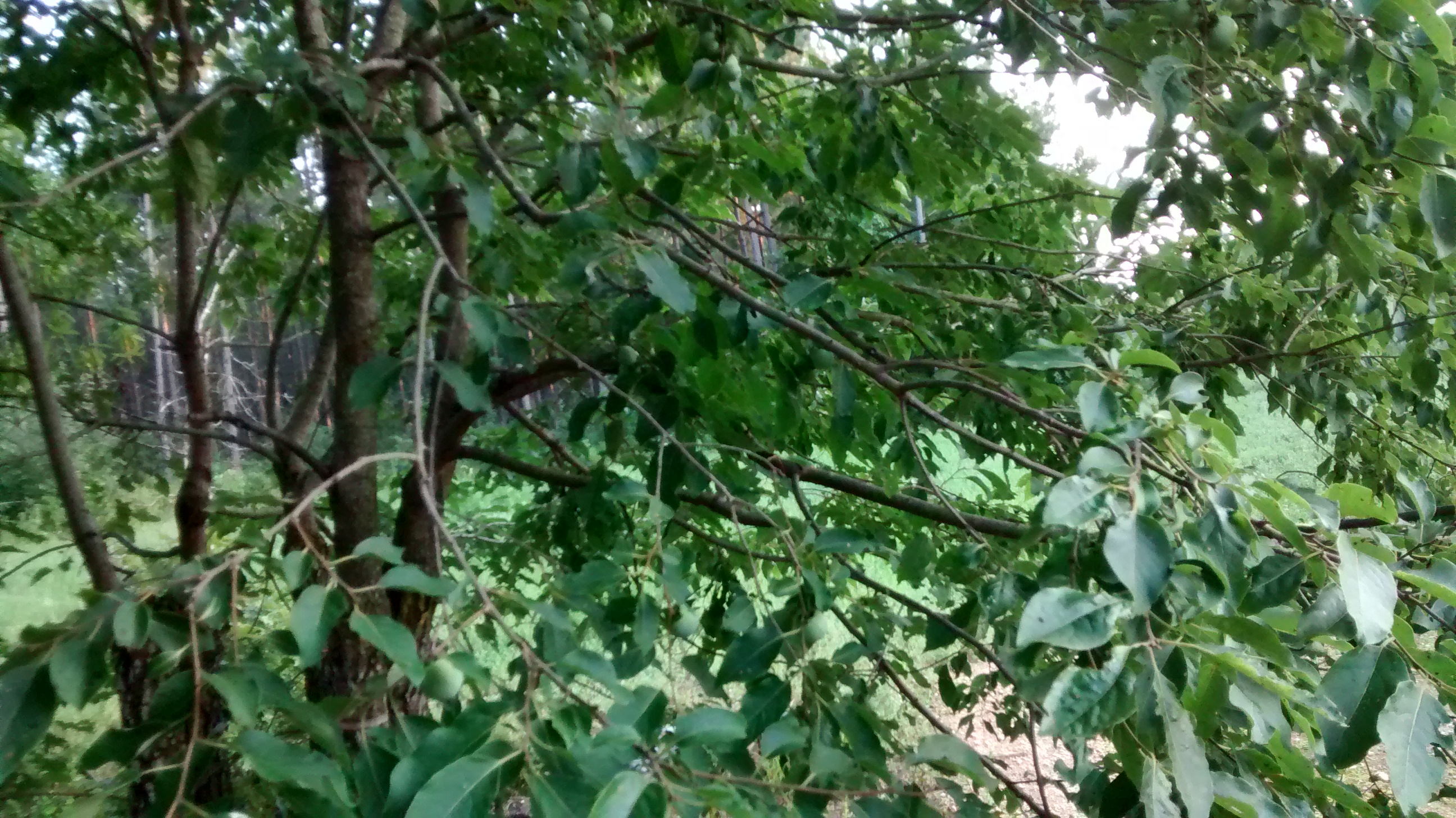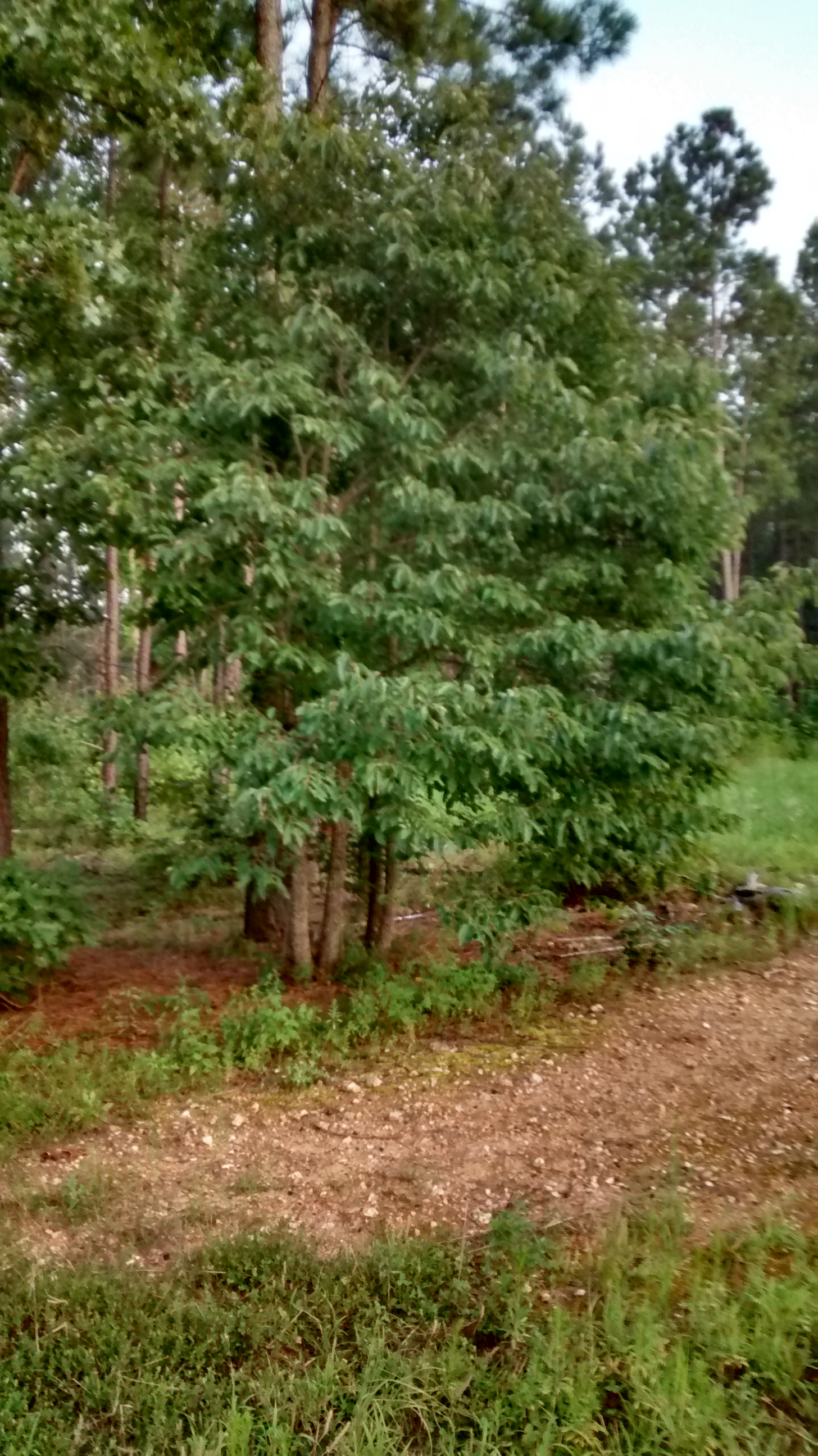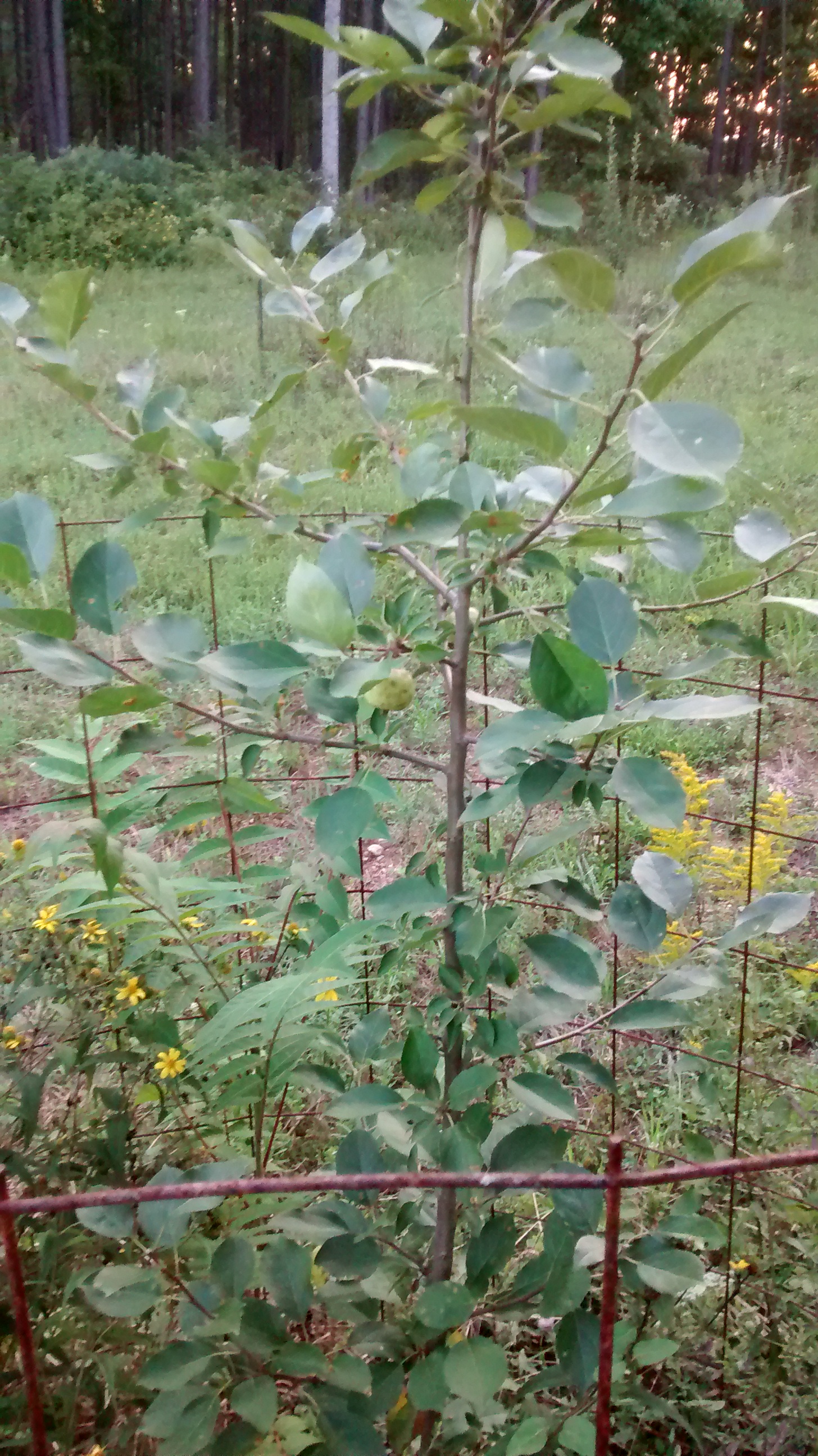yoderjac
5 year old buck +


The above are native male persimmons that were cut down and bark grafted with native female scions. Vegetative growth exploded right off, but it took a while for them to beging producing a significant amount of mast. They are now producing very well.

The persimmon above is a native male that was cut down and grafted with a named variety scion. Note there is much less vegetative growth but the persimmons are much larger than my native persimmons.

It took quite a few years for our pear trees to start producing but now they are consistently having bumper crops. Last year a bear came trough and devoured all of them before the archery season began.

A few of our Dunstan chestnuts are starting to produce.
Permaculture as a component of wildlife management is a long-term investment but it will pay off for many years to come.
Thanks,
Jack

